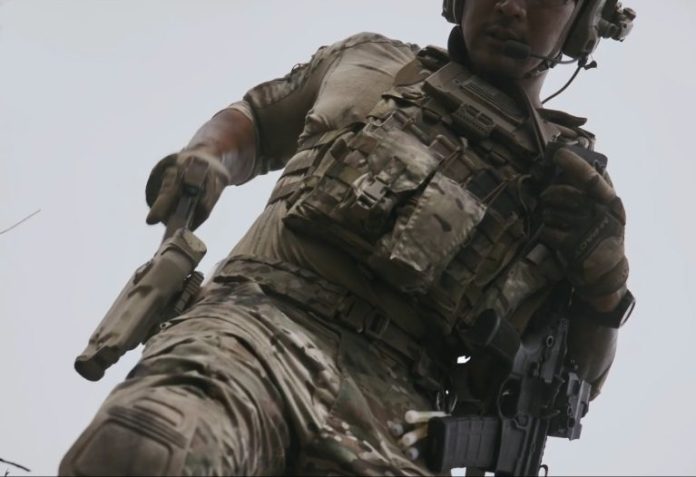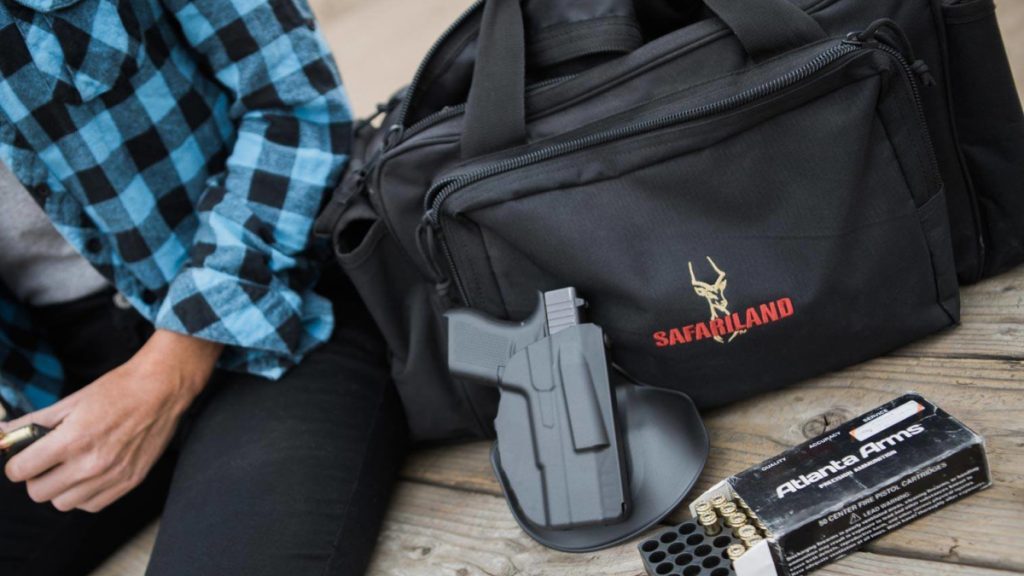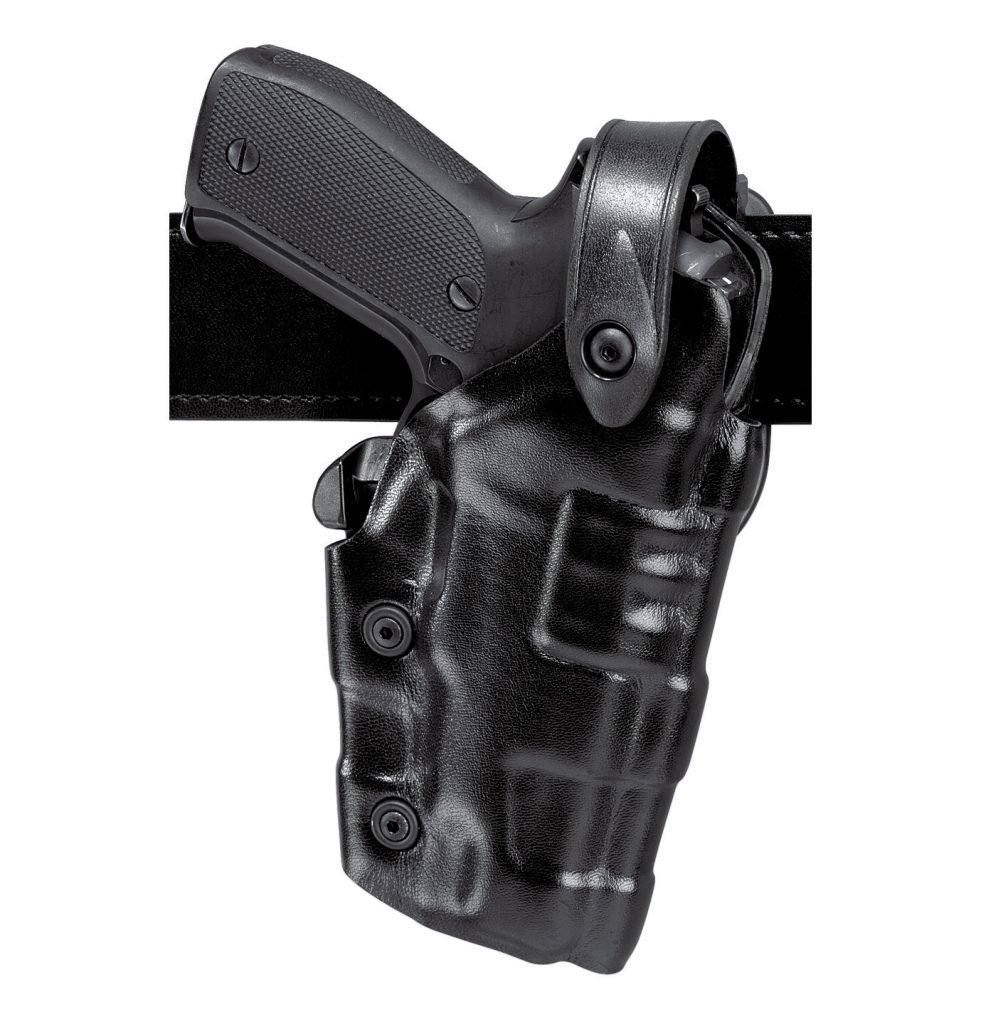
Kydex, Bolatron, and other thermoplastics rule the holster market. The idea seems kind of new. By new, I mean it really took over in the last twenty years or so. It seems like one of those GWOT inventions from which we all benefitted. In reality, it dates all the way back to 1972. It was 1972 when FBI Agent Bill Rogers created the first Kydex holster. The story of Kydex holsters and their rise to dominance is interesting and proves that certain attitudes never change.
The First Kydex Holster
Bill Rogers found himself in a wrestling match with a bad guy. In this melee, his gun escaped his Hank Sloan holster and bounced off a wall before it finally came to rest on the ground. The Hank Sloan holster is another interesting story. The FBI adopted the Hank Sloan holster for their S&W Model 10 revolvers. Hank Sloan was an FBI agent who served from 1935 to 1971.

Hank’s rig was an all-leather design with an open-top holster. It was a gun bucket, which was more or less standard for the time. Bill Rogers wanted to create a more modern holster, and he had a history of working with fiberglass and started there. That didn’t pan out due to the fragility of the material.
He then turned to a material known as Noryl. Noryl worked but had a very high forming temperature, so it was difficult to mold. This new material called Kydex sprung into the world and was first used in the interior of aircraft. The material was tough, chemical resistant, and, best of all, had a forming point of 350 degrees. Mr. Rogers formed the first Kydex holster in 1972 and had an almost instant buyer.
The FBI and Kydex
An armorer working at the FBI liked the holster and experimented with one for a bit and came to Bill and offered to purchase 400 of them—but there was a catch. The hard internal thermoplastic ate the finish off of the Model 10s, and the FBI couldn’t have that. How do we fix that? How about gluing leather to the panel prior to forming it over the gun?
Well, it’s an idea, but the 350 degrees needed to mold the holster melted the glue, and it just didn’t work. It was a bit of fate that Rogers would work a case regarding interstate property theft that involved a trucking company in some way. While investigating, he witnessed the shop recap tires and asked how it worked.

He learned that a mix of nitrile with some other chemicals created a heat-resistant adhesive. He began using this adhesive to secure shoulder leather inside the holster but found out that it didn’t work well. Experimentation resulted in learning that belly leather wasn’t only cheaper but more pliable and worked better with heat because it moved as the holster molded to the gun.
Rogers solved the problem, and the FBI kept their word and ordered 400 of the original Rogers Holsters. Bill Rogers filed for a patent in 1972 and received the patent in 1975.
Familiar Attitudes
The original holsters were sold to the FBI, but they weren’t that popular elsewhere at first. People didn’t want a plastic holster, and like the M16, it was compared to something made by Mattel. It’s a similar attitude we’ve seen over and over again with the gun industry. The resistance to kydex holster is no different than the initial resistance to semi-auto handguns, polymer frame pistols, the M16, and intermediate calibers.
That didn’t stop Rogers Holsters. The company moved to layering leather on the outside of the holster. This created a kydex rig that was completely covered with leather. It looked like a leather holster but still had the benefits of kydex. This includes better retention, a faster draw, and greater durability.

Other companies tried to create similar designs, and holsters with metal cores would bend under pressure and often lock the gun in the holster. Kydex’s little give and flexibility prevented it from permanently bending and breaking as easily as other options.
This led to Rogers working with the SEAL teams. In fact, he and a SEAL worked together to develop a waterproof holster. Testing involved open-water swimming in the ocean, and Roger’s holsters succeeded and were adopted. Major police forces purchased his holsters across the world.
Rogers Today
Years later, Rogers designed a holster for Safariland, the Model 070, and eventually, Safariland purchased Rogers Holster Company. Bill Rogers still develops new products, trains new shooters, and is a force for the betterment of defensive handgun use.



